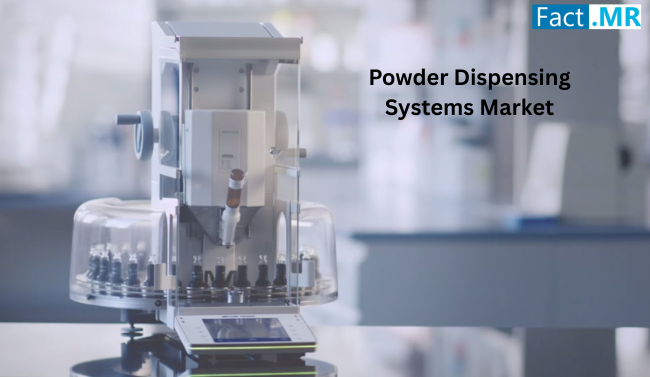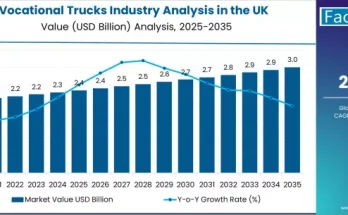The powder dispensing systems market is undergoing remarkable growth, driven by advancements in automation, heightened focus on manufacturing accuracy, and expanding use across sectors such as pharmaceuticals, food processing, chemicals, and additive manufacturing. As industries push for high-precision material handling, powder dispensing systems are becoming an integral component in optimizing production processes while ensuring consistent quality.
Market Overview
Powder dispensing systems are specialized solutions designed to accurately measure and distribute powdered materials into packaging, blending systems, or production lines. These systems eliminate manual errors, minimize material wastage, and improve workplace safety by controlling dust exposure.
Market adoption is being fueled by the shift toward automated production and stringent quality standards in end-use industries. Growing demand for customized dispensing capacities, digital controls, and real-time monitoring is further shaping product development.
Key Drivers of Growth
- Rising Demand in Pharmaceuticals
In the pharmaceutical sector, powder dispensing systems are critical for accurate formulation of medicines, ensuring compliance with dosage requirements. The increasing production of nutraceuticals and powdered supplements also contributes to steady market demand.
- Expanding Food & Beverage Applications
Food manufacturers are leveraging these systems for consistent dispensing of powdered ingredients such as cocoa, milk powder, spices, and protein blends. The ability to handle fine powders without contamination or clumping is a key performance advantage.
- Automation and Industry 4.0 Integration
Modern powder dispensing systems now feature smart sensors, IoT connectivity, and programmable logic controls (PLCs) that allow real-time adjustments. This integration reduces downtime, improves accuracy, and facilitates predictive maintenance.
- Environmental and Safety Compliance
With stricter occupational health regulations, companies are turning to enclosed powder dispensing solutions that minimize airborne dust, protecting both workers and the environment.
Segmentation Insights
The market can be segmented based on type, technology, and end-use industry:
- By Type: Manual, semi-automatic, and fully automatic systems, with the latter seeing the fastest adoption.
- By Technology: Gravimetric systems for precise weight-based dispensing and volumetric systems for bulk handling.
- By End Use: Pharmaceuticals, food & beverages, chemicals, cosmetics, and 3D printing/additive manufacturing.
The pharmaceutical and food sectors currently dominate, but 3D printing applications are emerging as a high-growth segment, particularly for powdered metals and polymers.
Regional Outlook
- North America: Leads in adoption due to a strong pharmaceutical manufacturing base and early adoption of automation technologies.
- Europe: Focuses on regulatory compliance and sustainability, driving demand for enclosed, dust-free dispensing solutions.
- Asia-Pacific: Rapid industrialization and the expansion of food and pharmaceutical industries are creating significant opportunities for market growth.
Competitive Landscape
The powder dispensing systems market is highly competitive, with companies focusing on:
- Technological innovation to improve speed and accuracy.
- Customization to meet diverse material and capacity requirements.
- Sustainability by designing energy-efficient and low-waste systems.
Key players are increasingly integrating AI-driven process optimization and cloud-based monitoring platforms, helping customers track performance and troubleshoot remotely.
Future Trends
The future of the powder dispensing systems market will be shaped by:
- Greater Automation: Shift towards fully integrated systems for end-to-end powder handling.
- Digital Twins: Simulating and optimizing dispensing processes before actual implementation.
- Sustainable Materials Handling: Systems designed to reduce material waste and energy consumption.
- Customization for Emerging Sectors: Solutions for battery manufacturing, biopharmaceuticals, and advanced materials.
Conclusion
Powder dispensing systems are no longer just auxiliary equipment—they are becoming strategic assets for companies aiming to enhance precision, efficiency, and safety in material handling. With continuous technological advancements, expanding applications, and increasing regulatory emphasis on quality and safety, the market is set to witness sustained growth over the coming years.
Businesses that invest in next-generation powder dispensing systems will be well-positioned to improve operational efficiency, comply with regulatory standards, and stay competitive in an increasingly automated industrial landscape.



